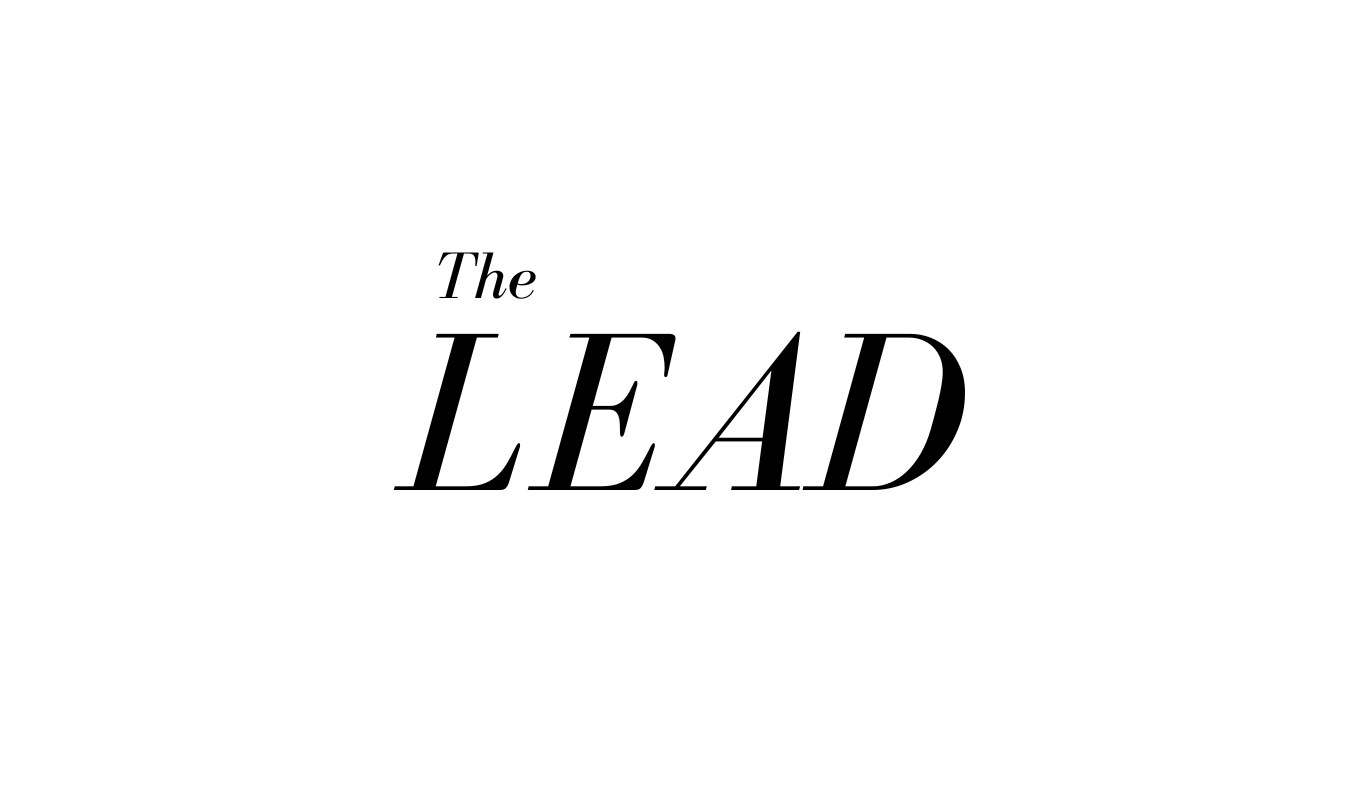
For journalists like Walter Hickey, writing newsletters as a career offers a new alternative to working in a traditional newsroom.
Founder of the newsletter Numlock, Hickey started his journalistic career at Business Insider, then worked for FiveThirtyEight before it was bought out. During his time at FiveThirtyEight, Hickey created and wrote the daily newsletter “Significant Digits” for the publication, in addition to serving as their culture writer. When the ownership of FiveThirtyEight changed, Hickey started to see new opportunities in the newsletter that had been just another part of his job.
Numlock got its start on MailChimp, a marketing platform that allows users to send out newsletters, in May of 2018. Hickey linked it with Patreon, a membership platform for content creators, in order to gain paid supporters of his newsletter. Eventually, the owners of Substack reached out to him and convinced him to transition over to their platform, which they had founded the year prior, in 2017.
For Hickey, platforms like Substack seem more aligned with the work he’s doing because they are not only designed for content creators but are also more aligned with his financial and business goals than a service like MailChimp, which he described as primarily being used for email marketing, not content creation.
“They do take a percentage,” said Hickey, “but the benefit is that because you’re not paying them, they’re looking out for your interests. They want your audience to grow because it benefits them.”
Substack, which was started in 2017, now gets about 12 million readers on its website each month and has about 500,000 paid subscribers. Thousands of writers publish their newsletters through Substack using a tiered pay model that allows users to get certain content for free and premium content starting as low as $5 a month. Substack takes 10 percent of what authors make, while Stripe, their payment provider, takes another 2.9 percent and 30 cents per transaction, according to their guide for launching payments for a newsletter.
According to data from Exploding Topics, Google searches for “substack” have gone up 1,780 percent over the last two years in the United States, but Substack is no longer the only player in the field. Twitter recently announced they have acquired the newsletter service Revue and Facebook is rumored to be developing its own native newsletter tool for independent writers as part of the “Facebook Journalism Initiative.”
Newsrooms’ First Steps Toward Newsletters
With many newsrooms jumping on the newsletter bandwagon, readers’ inboxes are now filled with news updates of the latest stories. In some cases, newsrooms are also developing newsletter-specific content that is distinct from their web content.
Denali Lerch, the news engagement editor at The Red & Black since January, described its daily newsletter as a way of sending out its content through a different platform. However, she did note that it is not one of the main sources of traffic to their site. On average, only 20 percent of their 27,000 subscribers opened their daily email.
Because the format of newsletters in a local newsroom like The Red & Black is primarily promotional and encourages readers to go to their website and read their articles, MailChimp, and platforms like it, are more popular in newsrooms, while individual journalists are much more inclined to start newsletters on Substack.
While some newsrooms, like The New York Times, have started specific column-style newsletters to serve niche interests like tech, climate change, and even one exclusively for Spanish speakers, smaller newsrooms, especially local ones, have not strayed far from the newsletter model that simply sends out top headlines to readers in hope of garnering more clicks.
Last November, The Red & Black attempted to create an election-focused newsletter in addition to their daily email that shared election updates and election coverage by their staff, but they didn’t get much interest from their readers, according to Lerch.
She thinks interest in that newsletter was low because it’s not what people expect to see from The Red & Black — a local, student-run paper in Athens, Georgia.
“I think if we were to do more explainers, it would be more like Athens news and big developments. Maybe enterprise stories,” said Lerch.
Although Hickey’s work is no longer affiliated with a newsroom, he believes the model that he uses can be implemented in newsrooms, even small, local ones, to help build loyal audiences.
“The potential is huge for local papers to branch into newsletters. I also think there’s a huge potential for college newsrooms,” said Hickey. “The cost of a click has gone down so much, but the cost of an audience has never been higher.”
Hickey cites the “key to success” with newsletters as having a particular point of view that allows you to offer unique content to your readers. He views newsletters as a way to become a resource on a specific topic for readers.
“It’s just emailing people information that they decide they want,” said Hickey.
While he doesn’t dismiss the overall benefit of sharing a daily promo email, he does not see any editorial or journalistic benefit to that type of newsletter.
Numlock now has over 25,000 subscribers and an average open rate of over 50 percent, while the average newsletter open rate is 21.33 percent, according to Hickey.
Hickey also believes newsletters to be a more important and more reliable source for an audience than social media. Because he maintains his email list when publishing through Substack, his audience will still be there even if Substack were to go under. However, if Twitter were to close its doors, any followers he may have there would be gone.
The audience of a newsletter, as opposed to a social media account, also offers heightened loyalty for the content they are getting. People who are engaged enough to subscribe to and actually read a newsletter regularly, whether it’s free or paid, are more likely to continue reading and to engage with advertisements or promotions integrated into the newsletter, according to Hickey.
Newsletters, both inside and outside of the newsroom are presenting an opportunity for a unique level of audience engagement that, rather than disrupting the newsroom, may offer a new way to alleviate financial burdens that plague newsrooms, particularly local ones, across the nation.









Show Comments (6)
Saç Bakımı
I really appreciated this piece. Your skill in making complicated subjects feel simple and approachable is outstanding.
Mersin butik
It was a nice and descriptive article. I follow your other articles with keen interest.
Divle Tulum Peyniri
good post!
toptan bilgisayarcı
It’s truly enjoyable to follow you. Your writings are not only full of information but also feel like they are written with a warm sincerity. Your latest post on [specific topic] was a guide for me. Thank you!
tiktok sms onay
Thank you very much! It motivates us that you find the contents of our site informative. We hope you interact with us often and recommend the site to your friends. If you have questions about anything, don’t hesitate to ask.
Jason T. Stephens
Hi there! This article has a great content.